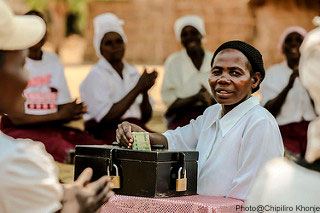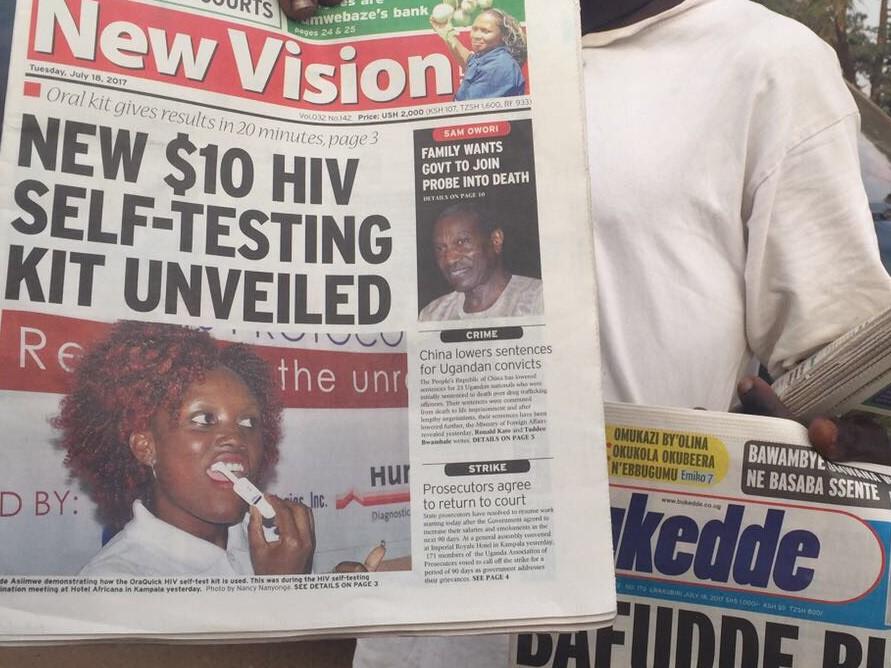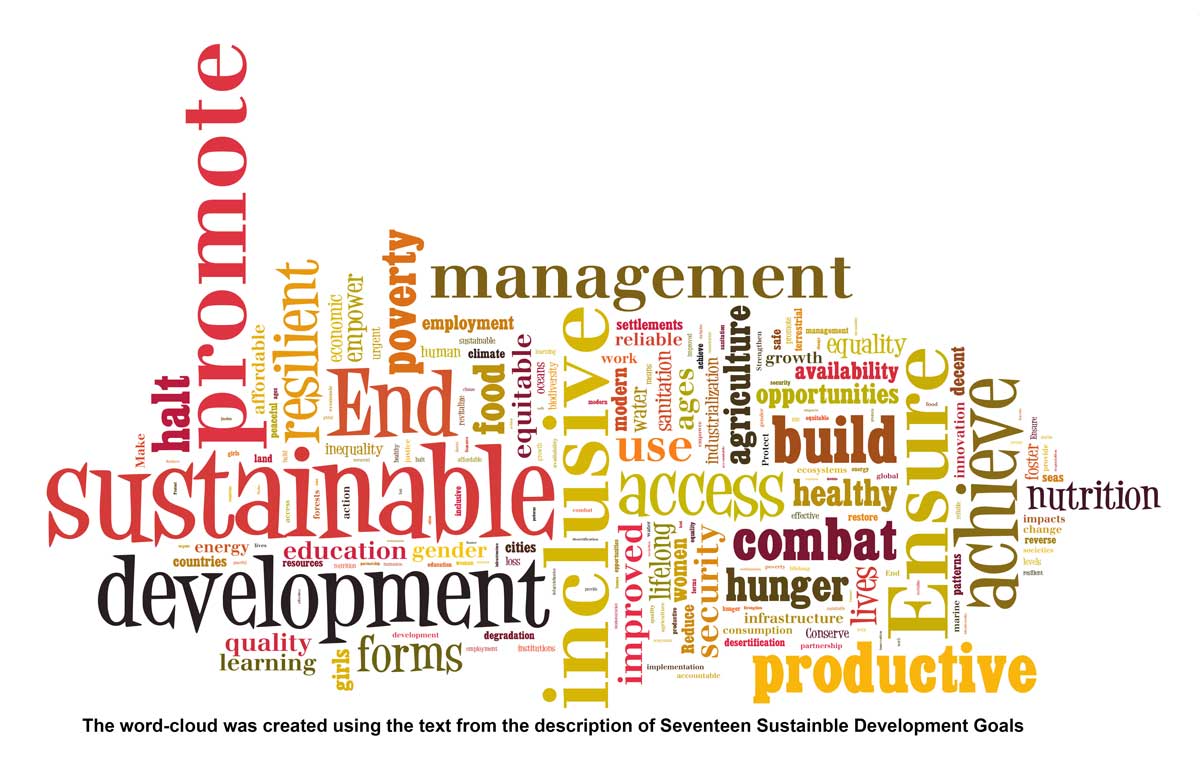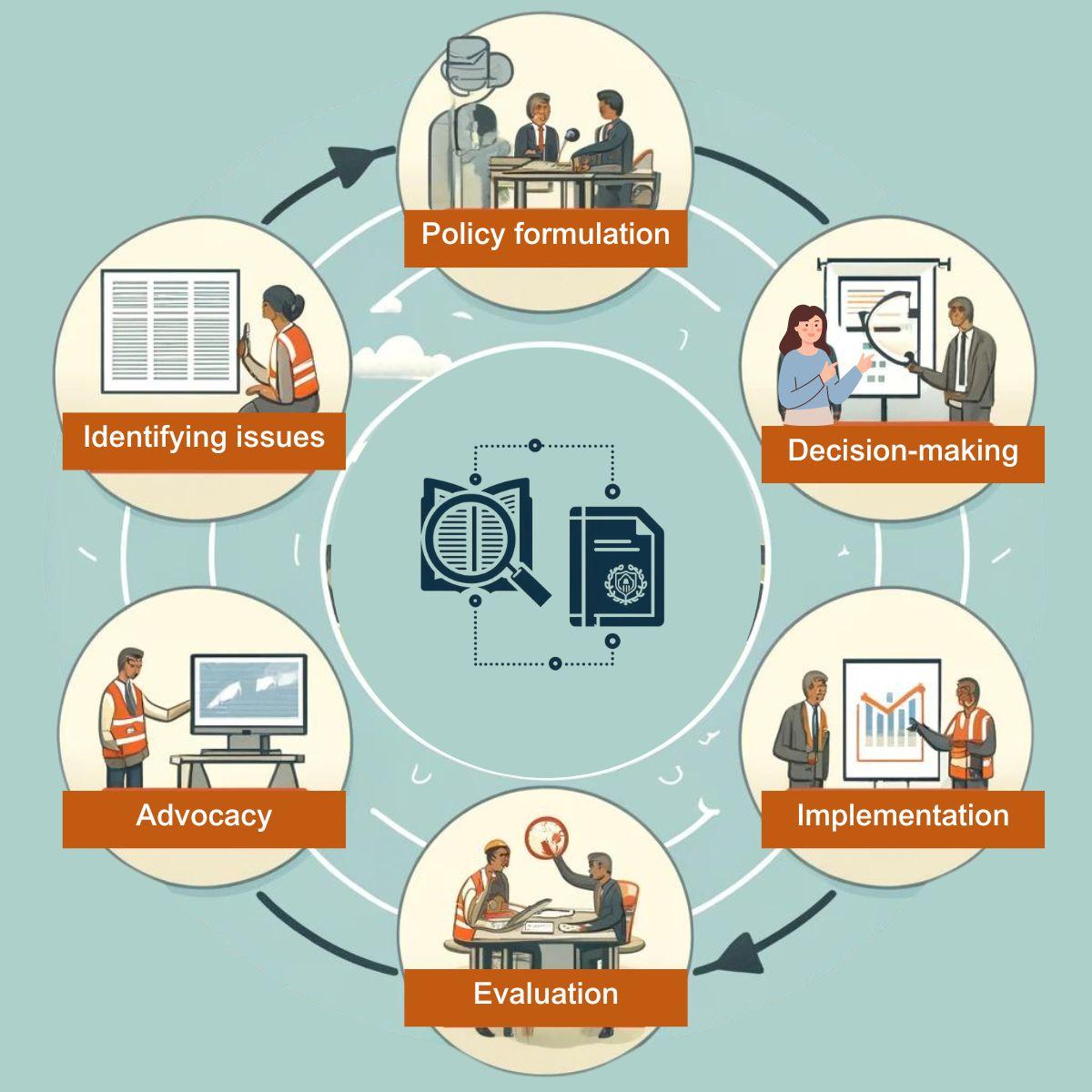Getting to the goals: what we know and don’t know about sustainable solutions for poverty eradication

On 25 September 2015, 193 UN member states signed off on a new direction for achieving sustainable development by 2030. First among the 17 new sustainable development goals is the aim to end poverty in all its forms,and everywhere by 2030. This might seem like a tall order. As a first and important step, countries need to take stock of effective solutions that have worked and identify areas where more work is required.
3ie’s recent evidence gap map of productive safety-net progammes can help decision-makers do just that because it throws up key pointers for identifying targeted and effective solutions for achieving this ambitious goal. The map shows existing evidence on the effectiveness of safety net programmes. These programmes include livelihood or income generating components to expand market opportunities for the extremely poor.
Based on a comprehensive search of the published and unpublished literature, it provides a visual overview of evidence from 248 impact evaluations and 24 systematic reviews, mapped into a framework of relevant interventions and outcomes for this area. The interventions cover six broad categories, such as financial services, land reform and microenterprise support services, and important poverty alleviation outcomes.
What do we know?
The evidence gap map presents what we already know about the impacts of different productive safety net programmes on poverty and human well-being. Here are some of the key findings from a few of the high-quality systematic reviews included in the evidence gap map:
- A review of the impact of access to formal financial services found that state expansion of formal banking services in rural areas has the potential to increase rural wages, agricultural investment and reduce rural poverty. Innovative savings products showed the potential to increase poor people’s incomes.
- A review of interventions to strengthen land property rights found that land freehold titling and other forms of rights formalisation improved welfare (consumption or income) by 16 per cent on average.
- A review of the effects of microcredit on women’s economic empowerment found that there is no consistent evidence of microcredit’s positive effect on women’s control over household spending. There are,however,several mediating factors that might improve effectiveness. For example, the review found that microcredit may be more effective with higher loan sizes, and when given to women who were younger and to women with fewer children.
What do we need to know?
The evidence gap map also reveals several blank spaces in existing evidence. Though most impact evaluations report on some measures of income, consumption or savings, a very small proportion of these studies then go on to measure the effects on income poverty, risk management, adaptive capacity and income inequality outcomes. This is particularly surprising because these interventions are frequently implemented with the objective of helping people find a permanent escape out of poverty. Without this information, it is difficult to assess to what extent these intervention meet their ultimate aim of helping people escape poverty and what the effect of these interventions is on income inequality.
Another startling finding from this evidence gap map is that almost half of the included impact evaluations do not report any information relating to the poverty status of the studied populations. Those that do provide this information, use varying definitions of poverty. These gaps in the evidence base make it difficult to reliably assess whether safety-net interventions help people escape poverty. I have written about the issue of not having these data in an earlier blog.
Where do we go from here?
The evidence gap map shows that there is a wealth of evidence on the effectiveness of productive safety net programmes. However, for designing effective and evidence-informed solutions for ending poverty, there is a lot more that needs to done.
- We need a consistent definition of poverty that captures its multi-dimensional nature.
- We need to measure the impact of development interventions on key outcomes such as adaptive capacity, risk management and income inequality.
- For a comprehensive assessment of impact, it is also important to calculate the cost-effectiveness of interventions.
- Carrying out sub-group analysis of the studied populations and focussing on all dimensions of disadvantage and marginalisation are integral to producing evidence needed for achieving equitable outcomes. For instance, how do factors such as gender, age and disability influence impacts? Several useful tools, such as the Equity Check list for Systematic Reviews championed by the Campbell and Cochrane Equity methods group can help guide authors of both impact evaluations and systematic reviews on what they should consider and report on in their research.
- And finally, evidence gap maps can help identify what we know and don’t know, about what works to help people escape extreme poverty, end hunger, improve people’s health, ensure everyone acquires quality education, and gain access to water and sanitation.They can be the roadmap for steering policies, programming and research towards achieving the 17 sustainable development goals by 2030.
Visit the 3ie evidence gap map webpage to learn more about evidence gap maps and explore our gap maps on other topics.









Add new comment